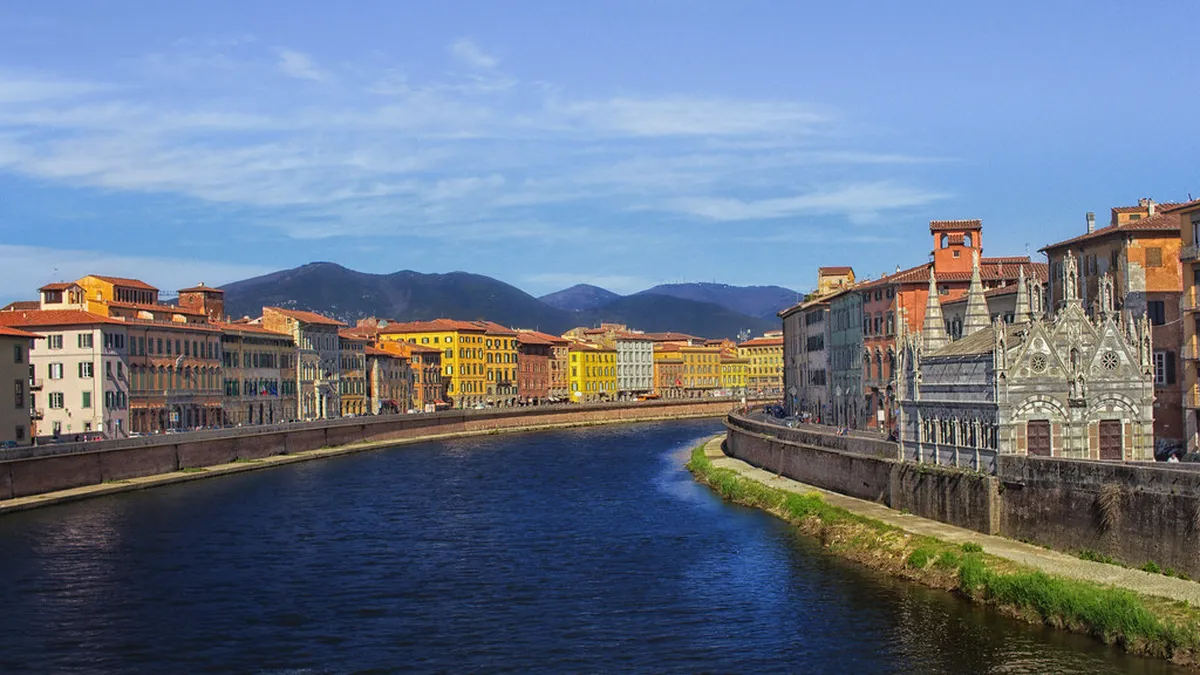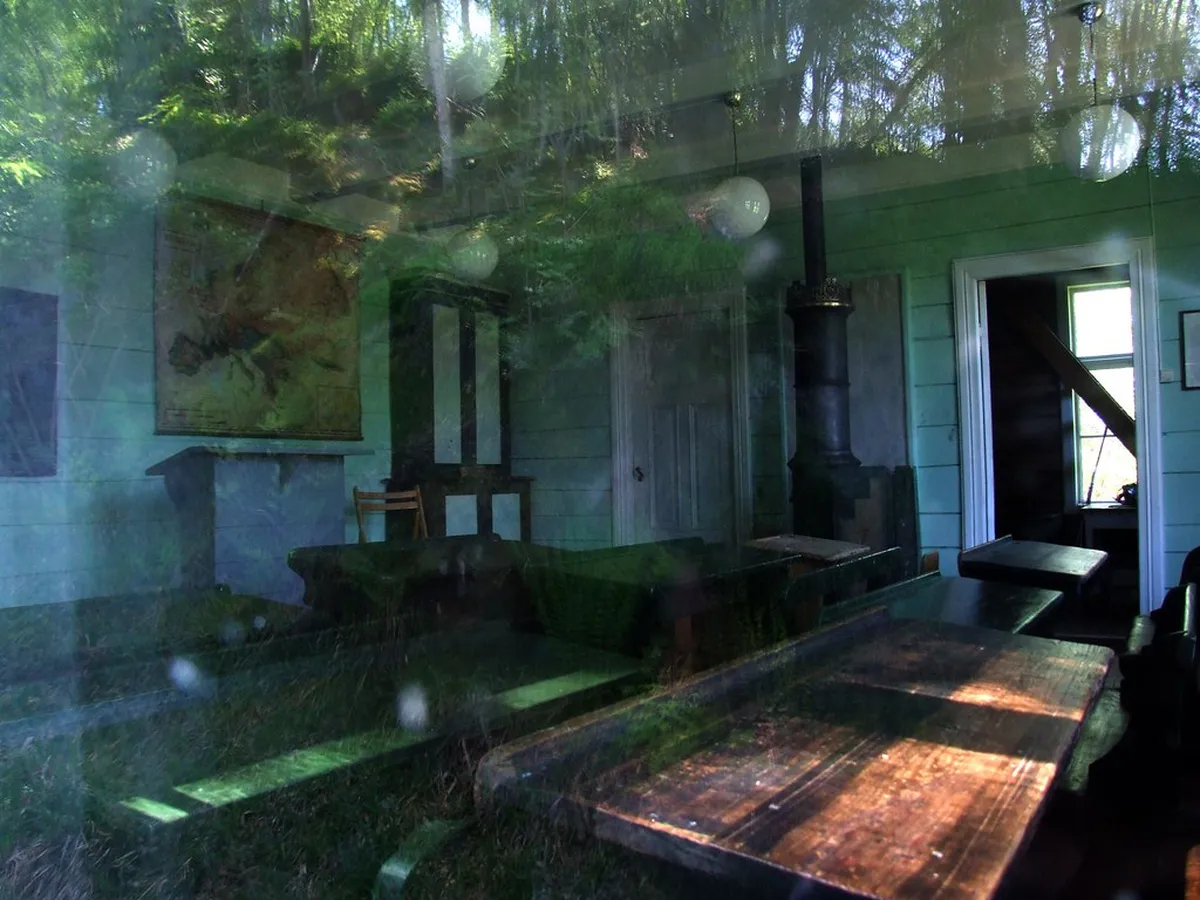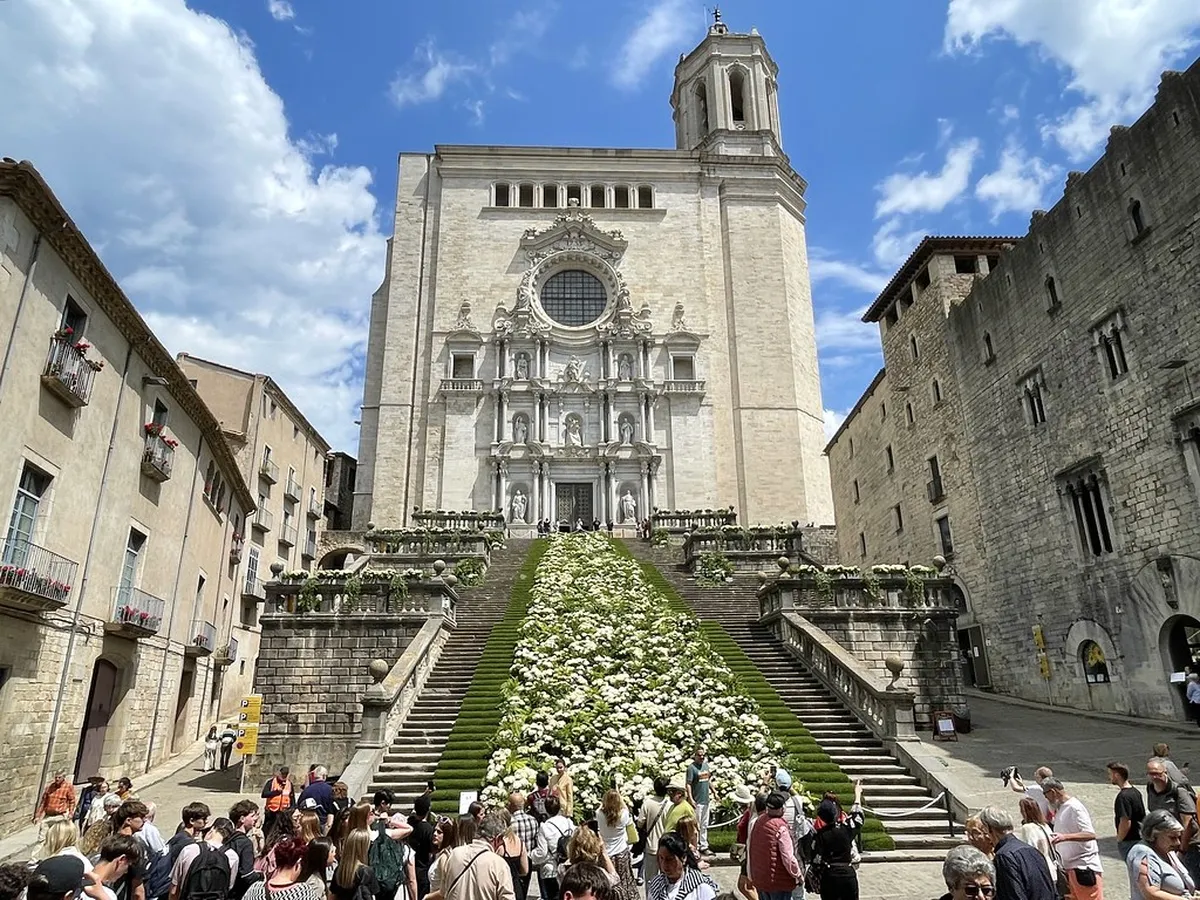Tokyo Temples & Shrines Guide: 15 Must-Visit Spiritual Sites
Tokyo may be known for its futuristic skyline and neon-lit streets, but the city also preserves Japan's spiritual heritage through its magnificent temples and shrines. These sacred spaces offer travelers a glimpse into centuries of Japanese religious traditions and provide tranquil sanctuaries amid the urban landscape. Our guide introduces you to Tokyo's 15 most significant temples and shrines that showcase the perfect balance between ancient spirituality and modern city life. Find the best shopping experiences with our Tokyo shopping guide.

Buddhist Temples: Ancient Sanctuaries
Plan this trip faster with our free online itinerary maker. Get a personalized day-by-day plan in minutes.
Tokyo's Buddhist temples represent centuries of spiritual practice and architectural mastery. These sacred spaces serve as both tourist attractions and active places of worship. Arrange your visit using our Tokyo itinerary. Organize your journey with our comprehensive Tokyo itinerary.
1. Senso-ji Temple (浅草寺)
Dating back to 645 AD, Senso-ji is Tokyo's oldest temple and one of its most significant. Located in the historic Asakusa district, this Buddhist temple welcomes visitors through the famous Kaminarimon (Thunder Gate) with its massive red lantern. The approach via Nakamise Shopping Street leads to the main hall housing a statue of Kannon, the goddess of mercy. Don't miss the five-story pagoda nearby and try drawing an omikuji (fortune paper) for insights into your future. Find the best shopping experiences with our Tokyo shopping guide.
2. Zojoji Temple (増上寺)
Standing in the shadow of Tokyo Tower, Zojoji Temple offers a striking contrast between traditional architecture and modern design. As the main temple of the Jodo sect of Japanese Buddhism, Zojoji features an impressive main gate (Sangedatsumon) and houses the mausoleum of the Tokugawa family. The temple grounds include rows of Jizo statues (guardian deities of children) adorned with red bibs and windmills, creating a poignant memorial space. Design your dream vacation using our Tokyo itinerary. Design your dream vacation using our Tokyo itinerary.
3. Gokokuji Temple (護国寺)
Off the typical tourist path, Gokokuji rewards visitors with peaceful grounds and remarkable wooden buildings from the Edo period. Founded in 1681, this temple survived World War II bombings that destroyed much of Tokyo. Its main hall contains exquisite Buddhist artwork, while the surrounding garden offers seasonal beauty, especially during cherry blossom season. Enhance your Tokyo experience with our Tokyo itinerary. Enhance your Tokyo experience with our Tokyo itinerary.
4. Sengakuji Temple (泉岳寺)
History enthusiasts shouldn't miss Sengakuji, famous for its connection to the legendary 47 Ronin. This temple houses the graves of these loyal samurai who avenged their master's death in 1702. The small museum displays artifacts related to their story, including the well where they washed their master's head before presenting it at his grave. Find the best shopping experiences with our Tokyo shopping guide.
5. Gotokuji Temple (豪徳寺)
Known as the birthplace of the maneki-neko (beckoning cat), Gotokuji Temple features countless cat figurines with raised paws, believed to bring good fortune. This charming temple in Setagaya ward offers a unique photo opportunity and cultural experience away from crowded tourist sites. Coordinate your travel plans with our Tokyo itinerary.
Pro Tip: Most temples open from early morning until around 5:00 PM. Visit during weekday mornings for a more peaceful experience with fewer crowds.
Shinto Shrines: Gateways to the Gods
Shinto, Japan's indigenous religion, centers around the worship of kami (spirits or gods) believed to inhabit natural formations and objects. Tokyo's shrines showcase distinctive architectural elements including torii gates, purification fountains, and sacred trees wrapped with shimenawa ropes.
1. Meiji Shrine (明治神宮)
Tucked amid a 170-acre evergreen forest in central Tokyo, Meiji Shrine honors Emperor Meiji and Empress Shoken. The shrine's towering wooden torii gates mark the transition from everyday space to sacred ground. Visitors can witness traditional Shinto weddings on weekends, write wishes on ema (wooden plaques), and participate in seasonal festivals. The adjacent Inner Garden (requires a small fee) offers additional natural beauty with seasonal flower displays.
2. Yasukuni Shrine (靖国神社)
While historically controversial, Yasukuni Shrine is architecturally significant with Japan's largest bronze torii gate. The shrine commemorates those who died in service to Japan since the Meiji Restoration. The on-site Yushukan Museum provides historical exhibits, and the shrine's cherry trees are among Tokyo's most beautiful during spring.
3. Nezu Shrine (根津神社)
Often called Tokyo's most beautiful shrine, Nezu Shrine dates back over 1,900 years. Its striking vermilion torii gate tunnels and meticulously maintained gardens create a photographer's paradise, especially during the April azalea festival when thousands of flowers bloom. The shrine's original buildings survived both earthquakes and war, making it one of the oldest surviving structures in Tokyo.
4. Kanda Myojin (神田明神)
Founded in 730 AD, Kanda Myojin serves as the guardian shrine for 108 Tokyo neighborhoods and is beloved by modern tech workers who come seeking blessings for their electronic devices. The shrine sells unique IT-themed omamori (protective charms) and hosts the spectacular Kanda Matsuri festival every odd-numbered year.
5. Hie Shrine (日枝神社)
Located in the business district of Akasaka, Hie Shrine offers an escape from urban chaos. Its striking red staircase and torii gates lead to a main building perched on a small hill. The shrine is famous for the Sanno Matsuri, one of Tokyo's three major festivals, and for its monkey statues representing divine messengers.
Hidden Spiritual Gems
Beyond the famous sites, Tokyo conceals smaller yet equally fascinating spiritual spaces worthy of exploration:
1. Imado Shrine (今戸神社)
Like Gotokuji Temple, Imado Shrine claims a connection to the maneki-neko, but as a shrine, it offers a different perspective. Couples visit for its reputation as a matchmaking power spot, with paired cat statues symbolizing relationship harmony.
2. Atago Shrine (愛宕神社)
Perched atop Tokyo's tallest natural hill, Atago Shrine requires climbing the challenging "Stairs of Success" – 86 stone steps representing the climb to professional achievement. The effort rewards visitors with both spiritual merit and expansive city views.
3. Yushima Tenmangu (湯島天満宮)
Students flock to Yushima Tenmangu before exams to pray to Tenjin, the deity of learning and calligraphy. During plum blossom season, the shrine grounds transform with pink and white flowers, offering a less crowded alternative to cherry blossom viewing.
4. Rikugien Garden Shrine (六義園)
Within the famous Rikugien landscaped garden lies a small but picturesque shrine surrounded by seasonal foliage. The combination of spiritual elements and natural beauty makes this a perfect meditation spot.
5. Hanazono Shrine (花園神社)
Nestled in the heart of Shinjuku's entertainment district, Hanazono Shrine provides a surprising oasis of calm. Business owners from surrounding areas come to pray for prosperity, creating an interesting juxtaposition between commercial and spiritual pursuits.
Visiting Tips and Etiquette
- Observe the purification ritual at the water pavilion (temizuya) before entering: rinse left hand, right hand, mouth, and the ladle handle
- Bow slightly when passing through torii gates at shrines
- Photography is often prohibited inside main halls
- Speak quietly and respectfully as these are active places of worship
- Consider purchasing an omamori (protective charm) or ema (wooden wish plaque) to support site maintenance
Tokyo's temples and shrines offer more than just tourist attractions – they provide windows into Japan's spiritual traditions and peaceful retreats from urban life. Whether you're seeking architectural beauty, cultural insights, or a moment of reflection, these 15 sacred sites deliver unforgettable experiences that reveal the soul of Tokyo beyond its modern facade.
For more ways to experience authentic Japanese culture, check out our Tokyo Cultural Experiences guide or discover additional hidden spiritual sites in our Tokyo Hidden Gems Guide.



